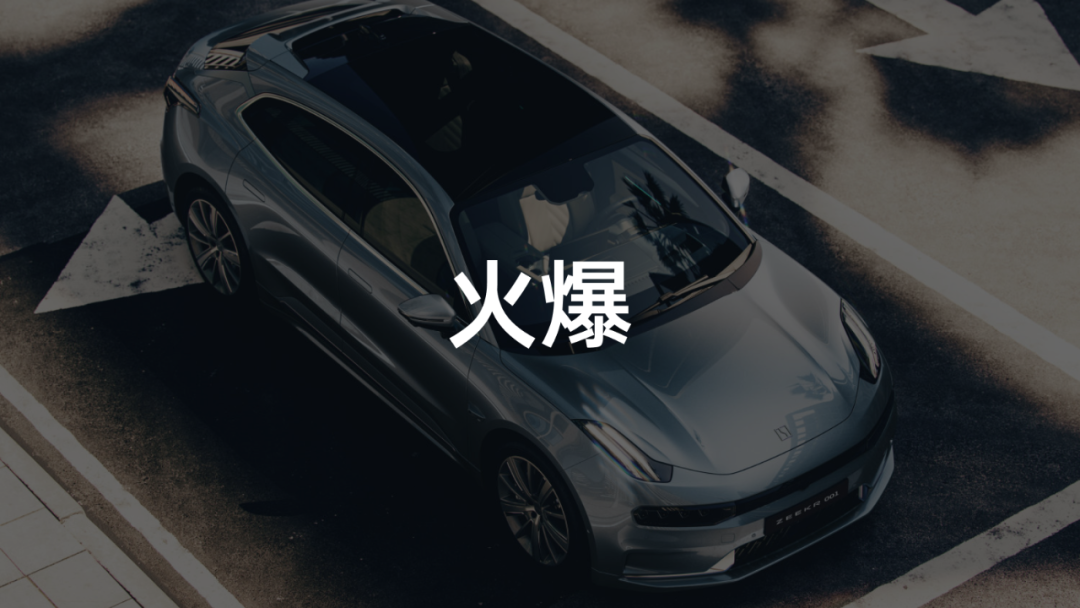On April 16th, Zeekr 001 launched on the market. From the former Lynk & Co ZERO to the first independent sub-brand model led by An Conghui himself, many people have high expectations for this car.
Different from other release conferences, after the Zeekr 001 conference, the feedback was surprisingly unanimous. For the starting price of 266,000 yuan, everyone exclaimed that it was very cost-effective, and it was even compared to “price butcher”, “superior cost performance”, and “overwhelming Model 3 and XPeng P7”, with no negative comments like “disappointing”.
After watching the Zeekr 001 launch, I made up my mind for the first time to sell my fuel car and join the new energy car market. So what you’ll see next is from a prospective car owner’s point of view – what impressed me about the Zeekr 001.
Mobileye SuperVision Pure Visual Solution
At CES 2020, Mobileye showcased a video of open-road testing in Jerusalem, Israel using only 12 cameras and the EYEQ5 chip. The test vehicles were able to accomplish complex maneuvers such as unprotected left turns, pedestrian avoidance, and overtaking on complicated streets, which left a deep impression on me.
Zeekr 001 is the first car model to use the Mobileye solution. Equipped with two Mobileye EyeQ5H chips, as well as seven 800 million pixel long-distance high-definition cameras, four fisheye surround cameras, one millimeter-wave radar and 12 ultrasonic radars. On top of that, Zeekr 001 is also equipped with a more mature high-precision map + high-precision positioning solution, to quickly and stably achieve navigation-assisted driving on highways with high-precision map coverage.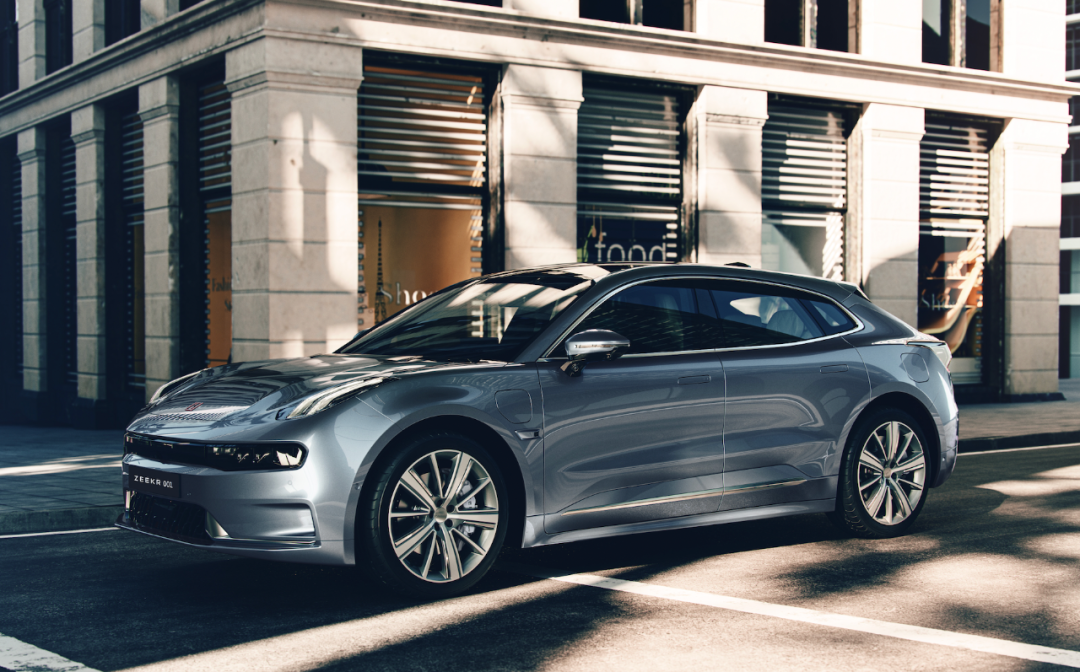
This layout not only enables the extreme AEV 001 to achieve an intelligent experience aligned with current high-end models such as XPeng P7, but also gradually helps Mobileye’s visual solution to land locally and continuously release more intelligent driving functions through OTA updates, such as automatic driving assistance on city open roads, providing large room for imagination.
We have already witnessed the charm of visual solutions from Tesla’s FSD Beta, with a high degree of decoupling between software and hardware, and the visual algorithms having a very wide range of imagination. In the pure visual field, Tesla used to be the only choice. Now, Mobileye SuperVision carried by the extreme AEV 001 provides another possibility.
According to Mobileye’s previous introduction, when implementing high-level intelligent driving based on vision, Mobileye and Tesla FSD are similar in using algorithms to simulate 3D information of 2D information and feed it into the lidar perception algorithm to compensate for the distortion of visual depth information at long distances, while also improving the ability to predict the behavior of other road users. The “skeleton recognition” technology emphasized by the extreme AEV 001 at the press conference is one of the abilities that can be achieved by this set of algorithms.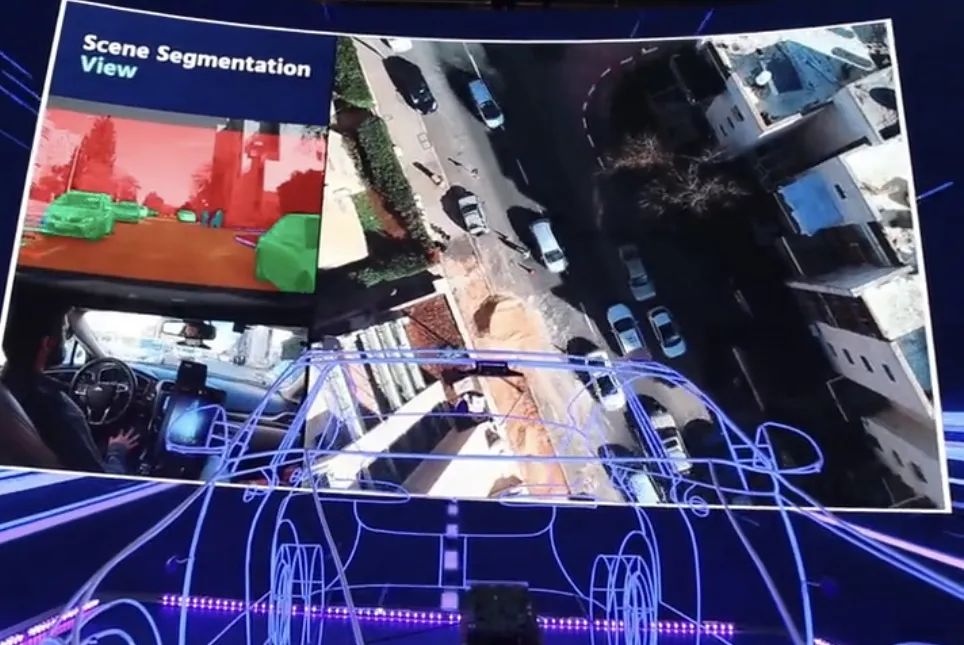
To achieve advanced autonomous driving assistance like the one presented by Mobileye at CES for complex city scenarios, besides the need for a complete perception of the environment, it’s also necessary to have map and route planning capabilities. For this, Mobileye SuperVision has chosen the REM crowdsourced high-precision map route.
This is similar to what Huawei has applied on Alpha S of Zhima with ADS, where in most urban road sections, users have to drive it first, collect and upload road environmental information to create crowdsourced high-precision maps. As the same road information is repeatedly collected, the high-precision map information will become closer to the physical world mapping. Based on this prior information of high-precision maps, point-to-point autonomous driving route planning can be achieved. The difference between Mobileye and Huawei is that Mobileye’s crowdsourced high-precision map is completely based on visual information collected by the vehicle camera.
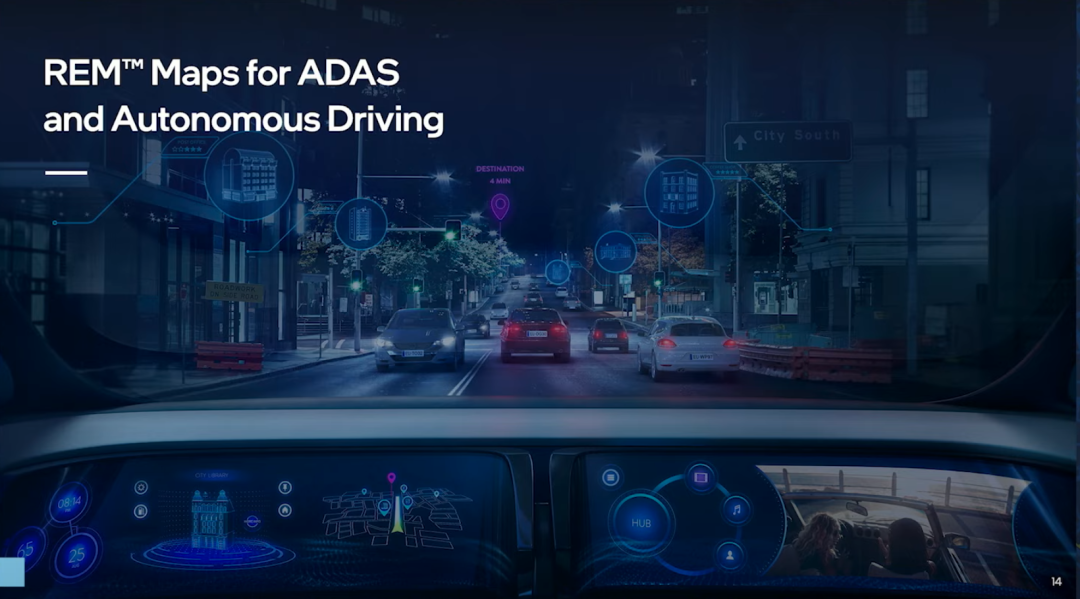 Two similar but different solutions, relying on lidar and camera to collect information, have large enough volume and rich content, but this is greatly affected by the number of vehicles equipped with Huawei ADS in the city where you are located. For example, if there are only dozens of vehicles equipped with Huawei ADS, the collection speed and update speed of high-precision maps will be slowed. Mobileye is based on camera information to construct the map, which has a lower threshold. In an ideal state, the ecological construction speed will be faster. However, it lacks lidar and requires higher algorithm requirements. The richness of the obtained high-precision map information and the reliability of the data will be lower.
Two similar but different solutions, relying on lidar and camera to collect information, have large enough volume and rich content, but this is greatly affected by the number of vehicles equipped with Huawei ADS in the city where you are located. For example, if there are only dozens of vehicles equipped with Huawei ADS, the collection speed and update speed of high-precision maps will be slowed. Mobileye is based on camera information to construct the map, which has a lower threshold. In an ideal state, the ecological construction speed will be faster. However, it lacks lidar and requires higher algorithm requirements. The richness of the obtained high-precision map information and the reliability of the data will be lower.
For example, it is just like playing games like LOL. The road environment is like “fog of war”. You cannot see the places that have not been explored and need to use crowdsourcing to light up the map. Huawei’s solution is to insert “true eyes” of 500 each, which has a high threshold but good effect. The Mobileye pure vision solution equipped on the Extreme Krypton 001 inserts 50 “ordinary eyes” each, which is cheaper and easier to promote but has a worse effect than true eyes.
Using lower-cost hardware to achieve similar functional experience, while having a lot of imagination space, is the charm of the pure vision solution, and it is also the point that impresses me most about the Extreme Krypton 001 since I don’t have much money. Of course, I believe that according to the current public opinion environment in China, the most secure way for Extreme Krypton 001 is to walk on two legs, and then later release a flagship product with a higher price, equipped with lidar and pure vision dual systems, as the flagship product, which will be better in marketing and meeting the needs of users.
XPeng’s price, NIO’s configuration, and ideal experience
In learning about the new trend of car making, the Extreme Krypton 001 is currently the most sincere product I have seen. The configurations on NIO models, such as air suspension, HUD head-up display, intelligent fragrance system, NAPPA leather, Alcantara interior materials, and microfiber ultra-fine velvet ceiling, are all available on the Extreme Krypton 001.
In addition, there are also practical and trendy features such as CCD electromagnetic shock absorption, intelligent sensing frameless automatic doors, and a 3.8-second zero to one hundred acceleration and 34.5-meter zero to one hundred stopping distance, which can be seen as a “strong demand” for buying a car in the new energy era. According to my choice, the twin-motor 86 kWh battery version, equipped with air suspension + CCD electromagnetic shock absorption system and YAMAHA sound system, costs less than 300,000 RMB. And if upgraded with the ZAD fully automatic driving assistance system, the price is only slightly over 300,000 RMB. In this price range, there is hardly any other car model that can impress me.
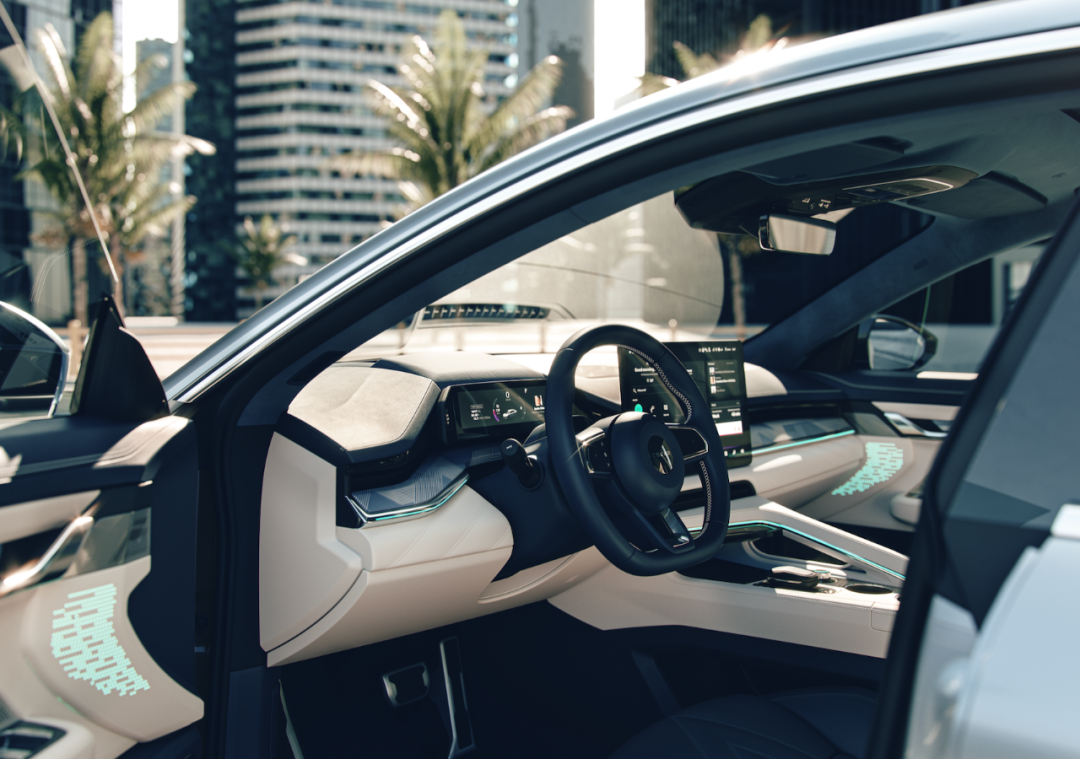
Furthermore, I believe that Geely has made a significant advancement in product design with the Geometry A. The selection of key modules is all about how to dispel “the doubts of users purchasing electric vehicles”.To address one of the most feared issues, the spontaneous combustion problem, the battery of the JiKe 001 electric vehicle in the automobile industry has chosen CATL’s mainstream product at the present stage, the combination of high-energy 5 series and CTP. By increasing the voltage of a single battery cell and using innovative CTP structure, the NCM 523 lithium battery pack can have an energy density almost equal to that of NCM 811. The chemical characteristics are more stable, and the risk is lower. In combination with BMS, physical thermal resistance, pressure relief valve and exhaust channel design, the concern of fire spreading is completely eliminated, ensuring that the new energy vehicle is not susceptible to spontaneous combustion.
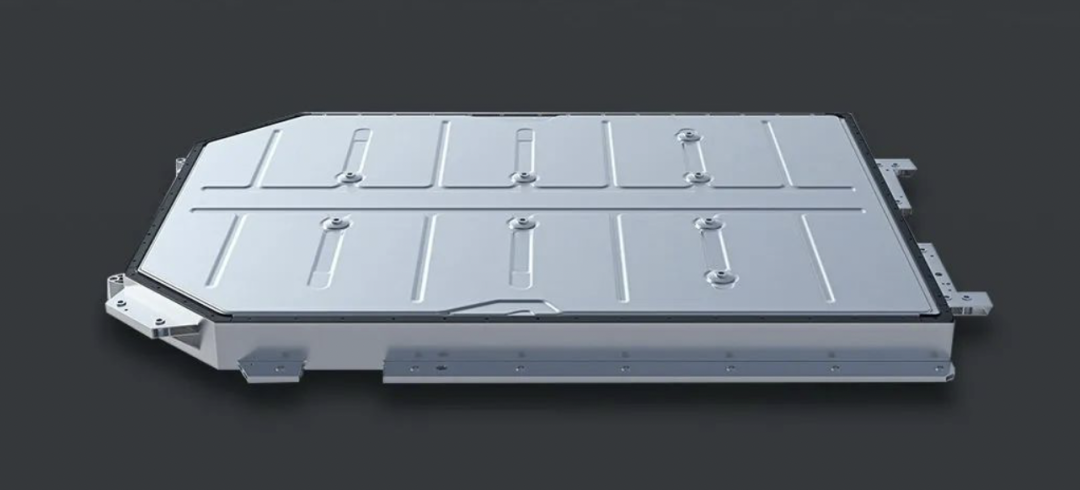
Another concern for electric vehicles is range anxiety. The JiKe 001 SUV gives users the choice between performance and range. At present, running over 350 km has become a benchmark for users’ expectation, while 500 km range could be achieved by NEDC at 70% discount. To reach over 550 km range is already equivalent to a fuel-powered car, which satisfies the expectation of the users. Then the NEDC should be about 800 km. Both versions of JiKe 001, 526 km and 712 km respectively, consider the needs of users who emphasize either price or mileage.
JiKe has also solved the problem of range anxiety through an intelligent system. Firstly, it launched 800V high-voltage fast charging facilities that can realize a maximum charging power of 360 kW, filling the battery from 30% to 80% in 25 minutes. Users who have utilized Tesla V3 fast charging are sure to appreciate JiKe’s high power fast charging.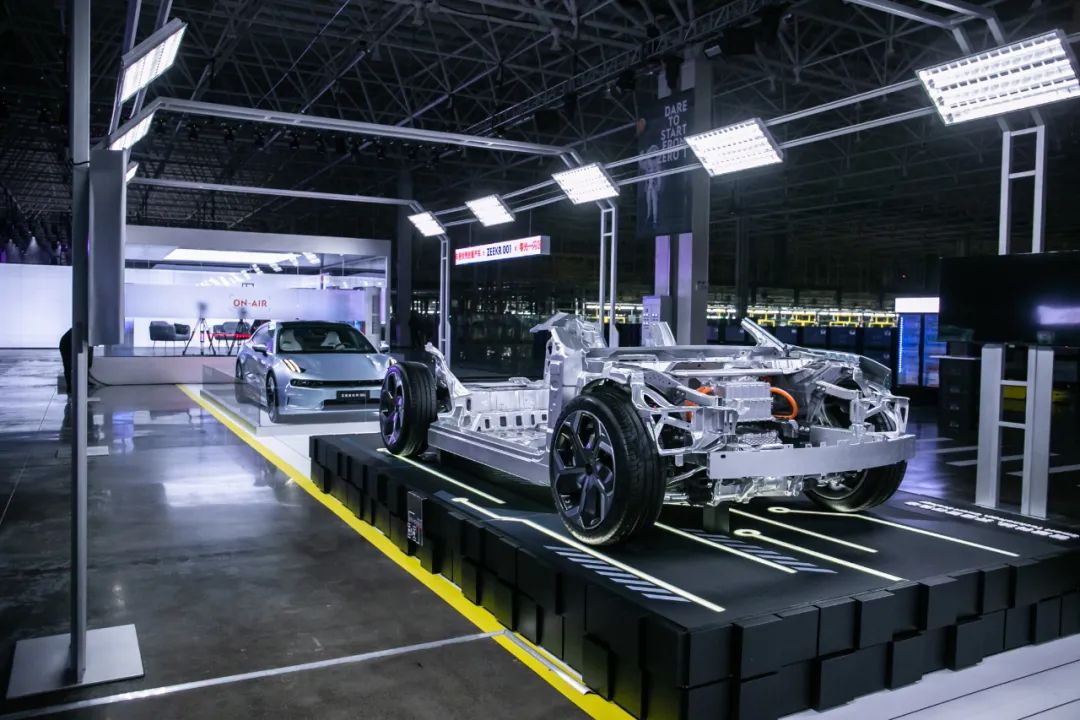
To improve the coverage of supercharging stations, in 2021, Zeekr plan to complete the construction of 290 charging stations and 2800 charging piles. By the end of 2023, they plan to build a total of 2200 supercharging stations and 20000 supercharging piles. This layout rhythm is basically targeting Tesla. I believe that if the progress of the fast charging coverage can be smoothly promoted, the convenience of electric vehicles will be comparable to that of gasoline vehicles at least in Beijing, Shanghai, Guangzhou, and Shenzhen.
If these two car purchase concerns of new energy vehicles can be solved, consumers will only see the advantages of new energy vehicles.
At least from the information released at the press conference, Zeekr 001 undoubtedly demonstrates that Geely is seriously making electric vehicles this time. Leveraging the cost advantages brought by the SEA architecture and mature industrial chain, the technological advantages of choosing Mobileye’s smart driving open ecology, and thoughtful consideration in product design can all impress consumers. I also believe that this car can become Geely’s flagship product.
This article is a translation by ChatGPT of a Chinese report from 42HOW. If you have any questions about it, please email bd@42how.com.
